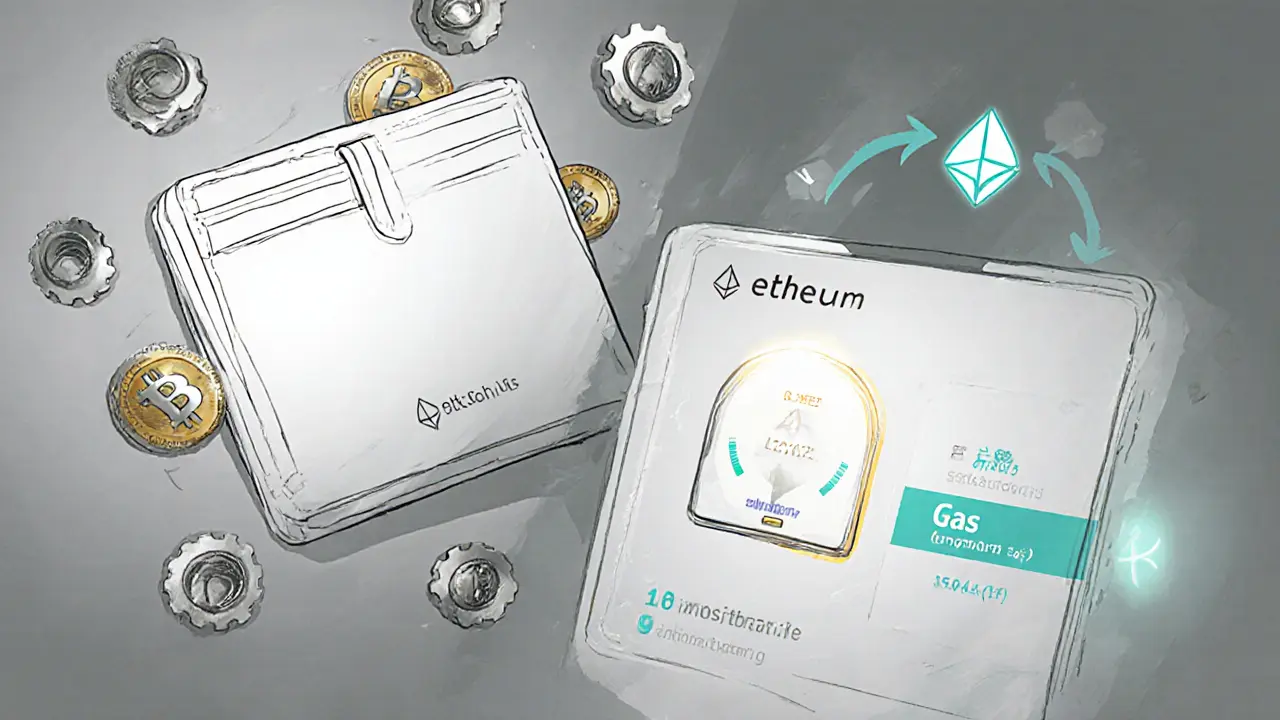Transaction Fees: What They Are and Why They Matter
When navigating the crypto world, transaction fees, the charges applied whenever you move assets or execute a trade. Also known as trading costs, they show up in many forms and can eat into profits if you don’t understand them.
One of the most common fee types is exchange fees, the percentage or flat charge a platform takes for each order. Whether you’re on Gate.io, Glide Finance, or a smaller DEX like Leonicorn Swap, the fee schedule determines how much of each trade stays in your pocket. Another key player is blockchain gas fees, the network‑level cost paid to miners or validators for confirming a transaction. Gas fees fluctuate with congestion, so a busy day on Ethereum can turn a cheap swap into an expensive one.
For miners and pool participants, mining pool fees, the small percentage taken by a pool operator for service and maintenance are also part of the equation. These fees affect how much reward you actually receive after a successful block share. Understanding the relationship between these three entities—exchange fees, gas fees, and pool fees—helps you see the full cost picture and spot where you can cut waste.
How Fees Interact and What to Watch
Transaction fees encompass the sum of exchange charges, network gas, and any extra service fees. They require careful monitoring because a spike in gas can nullify a low‑fee exchange promotion. Conversely, an exchange offering zero‑fee trades might hide higher withdrawal or deposit fees, which are another layer of transaction fees. Fee structures also influence trading strategies; high‑frequency traders look for the tightest spread between maker and taker fees, while long‑term holders care more about occasional withdrawal costs.
DeFi platforms add a twist: lending protocols, yield farms, and flash loan services each have their own fee models. While not covered in depth here, they follow the same principle—fees are built into every contract interaction. The best way to keep costs down is to align your activity with the lowest‑cost networks (like Binance Smart Chain for certain swaps) and to choose exchanges that match your volume profile. For example, Gate.io’s tiered maker‑taker schedule rewards heavy traders with lower percentages, whereas a DEX might offer zero maker fees but higher gas on the underlying chain.
Another practical tip is to batch transactions when possible. Moving several tokens in a single transaction reduces the total gas paid compared to separate moves. Some wallets even let you set custom gas limits to avoid overpaying during low‑traffic periods. On the mining side, joining a pool with a low fee and reliable payout schedule can improve net earnings, especially if you’re running ASICs that benefit from steady work.
Finally, staying aware of regulatory changes matters. Regions like Thailand and Russia have introduced new compliance costs that can appear as extra fees on exchanges serving those markets. A quick glance at the latest exchange reviews—such as our Gate.io or Glide Finance deep dives—will show you exactly which fees are affected by local rules.
With these fundamentals in mind, you’re ready to explore the detailed guides below. They break down fee tables, compare platforms, and show step‑by‑step ways to lower the cost of every trade you make.
Gas Fees vs Transaction Fees: Understanding the Core Differences
Learn the key differences between gas fees and transaction fees, how each is calculated, tips to lower costs, and what future blockchain upgrades mean for users.
VIEW MORE
